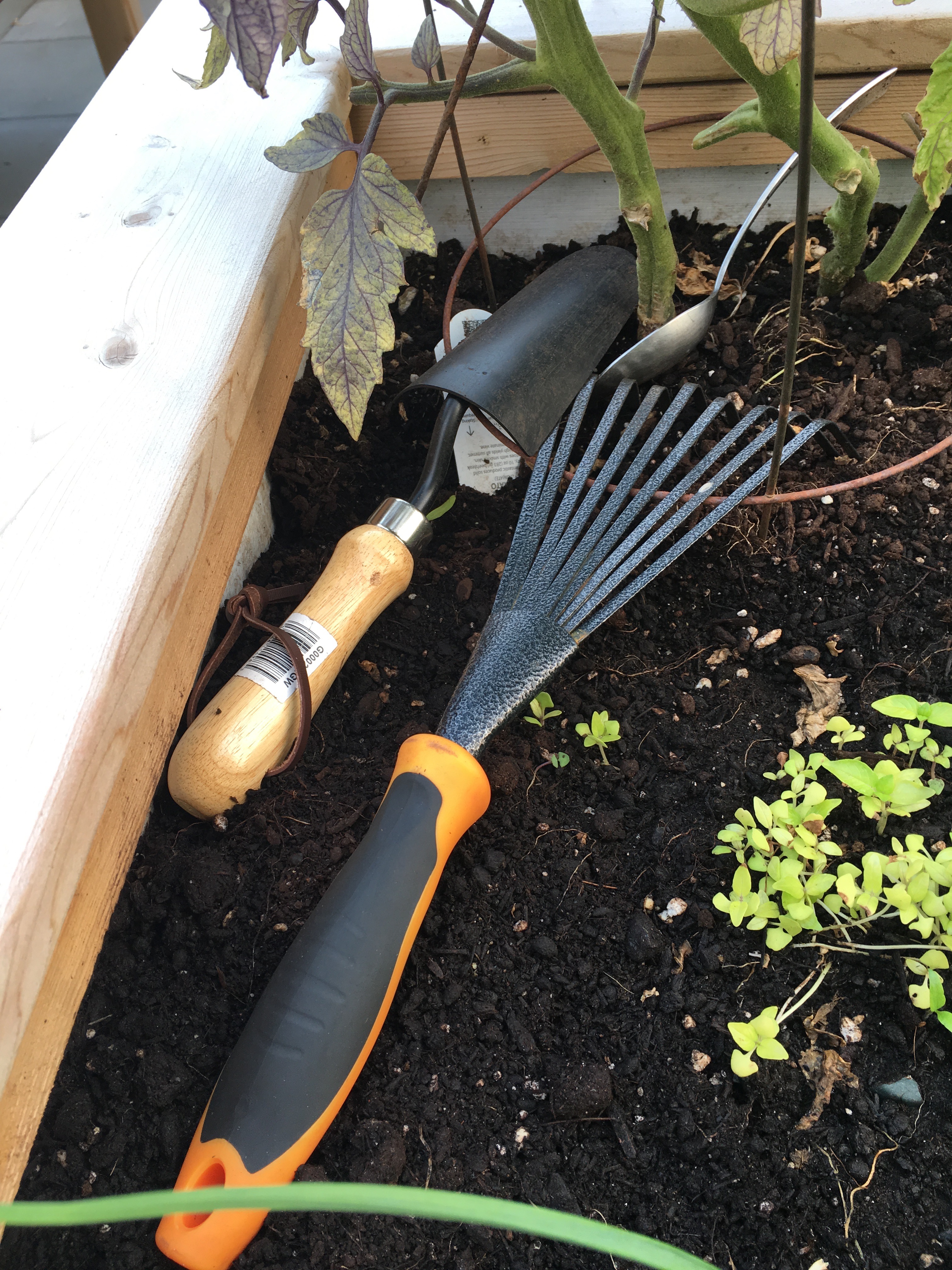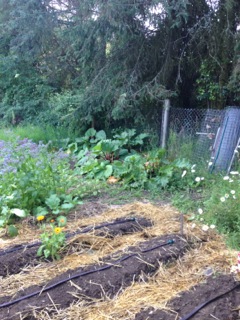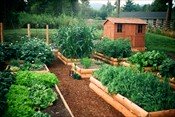Vegetable Gardening Weed Control Made easy!

Vegetable gardening weed control can be effective with time and energy. Start weeding your garden early and regularly throughout the season. Keep the area around your vegetables clear of weeds so they are not competing for the nutrients from the soil.
Here are some vegetable gardening weed control strategies to reduce the number of weed seeds in your vegetable garden
Hoe
Hoe the top inch of soil. Hoeing when weeds are small and then letting the weeds dry in the sun will prevent them from growing to maturity.
You will kill annual weeds by slicing or scraping (do not chop) the soil with a stirup hoe. This is one of my favourite tools . Keep your blade sharp in order to keep your plants and soil free of damage and disease.
Perennial weeds are a bit tougher and their roots will need to be dug up to prevent them from growing again.
Remove weeds
In vegetable gardening weed control it is best to remove weeds before they go to seed. This way they cannot send their seed all over your garden.
If you are like most of us and do not get to weeding in time, place weeds with seeds into a garbage bag right after pulling them so as not to spread any of the seeds. Do not compost weeds that have gone to seed because they may not be killed in the process and will then be spread when you put the compost on your beds.
Mulch
Once the soil has warmed up in the spring mulch around your young vegetables. This will deprive weeds of sunlight so they will not grow.

DO NOT bring weed problems into the garden
We often bring in weed seeds from other areas without realizing it. When shopping for hay or straw mulch, make sure you ask if it is weed free. If is is not weed free, you will quickly have hay growing in your beds - making more work for yourself.
Make sure when bringing in animal manure it is well composted; if not it will probably carry weed seeds into your garden beds.
Do not compost weeds that have gone to seed or you may be spreading weed seeds while spreading compost on your garden bed.
Grow Cover Crops
Cover crops are certain types of grain or vegetables such as winter rye, vetch or field peas that are usually planted in the fall. They are used to enrich the garden soil, suppress weeds and prevent soil erosion. Learn more about growing cover crops, also known as green manures.
Plant a Windbreak
If your garden site borders a wooded area or wild meadow use a windbreak of shrubs to filter out weeds seeds that are carried by the wind.

Use Edging
Putting some type of edging between your garden and grassy areas will prevent the grass from crossing over. Plastic edging (bought at garden centres), wood or metal can be used to keep grass out of your vegetable beds.
Keep the grassy areas cut so the grass seeds do not spread into the garden.
Vegetable gardening weed control by types:
There are 3 types of weeds:
Annual weeds
Live only one season. Produce thousands of seeds.Control by pulling or hoeing them before they flower. Some examples are mustard, pigweed, purslane, ragweed.
Biennial weeds
They grow the first year and then flower and produce seeds the next year. Control by removing the plant the first year or before they flower in the second year. One example is queen Anne's lace.
Perennial weeds
Live for years. Have deep roots, often creeping roots. To control dig carefully removing as much of the root as possible. Examples are dandelion, thistle, bindweed, dock, ground ivy, plantain, wild sorrel, and grasses like crabgrass and quack grass.
The best approach in vegetable gardening weed control is to start early and take time to weed regularly. Take time every few days to do an area of your garden so it does not seem like too daunting of a job.
Please take time to sign up for my monthly newsletter Vegetable Gardening Hints.
Return from Vegetable Gardening Weed Control to Vegetable Gardening Tips
